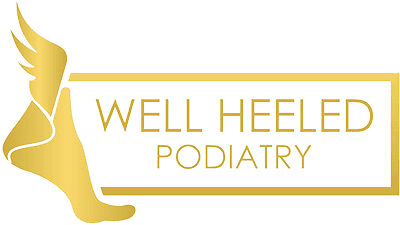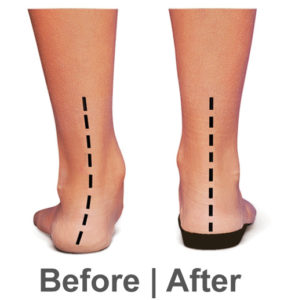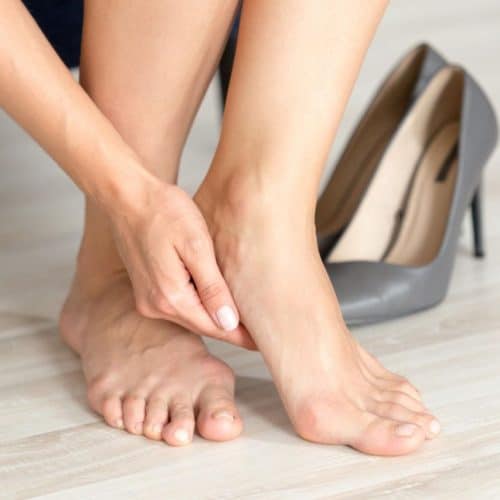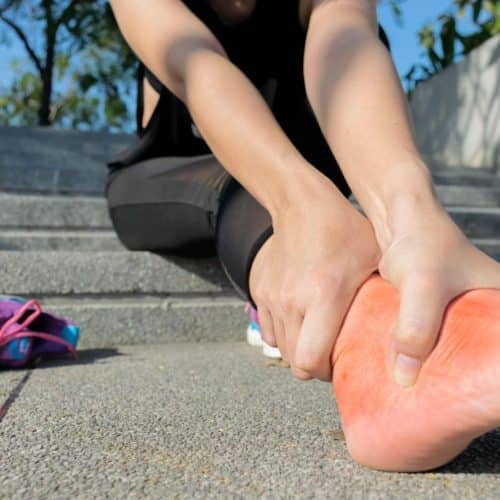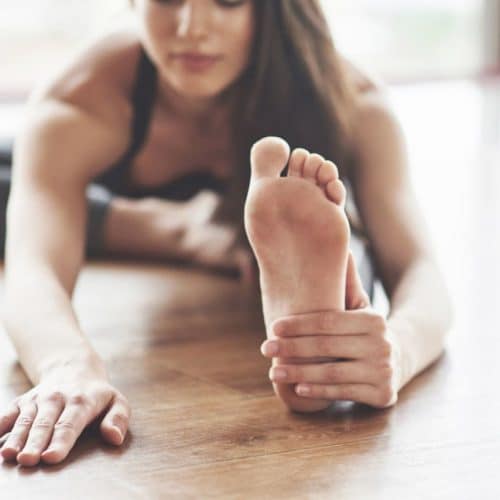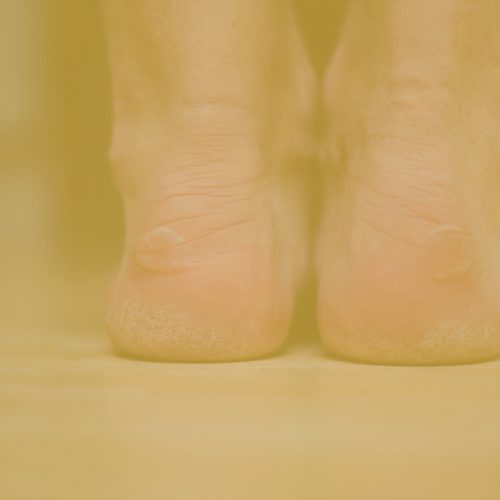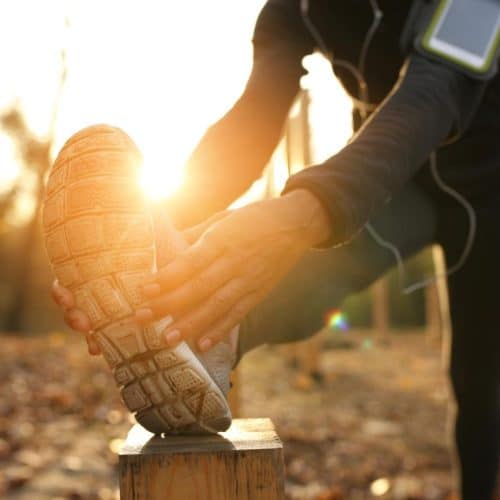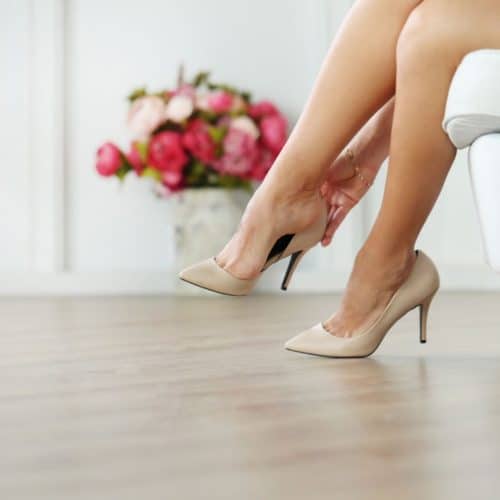This trending topic has come about as children are being encouraged to be more active in sports and extra curriculum activities, making them more susceptible to overuse injuries and foot pain.
Children are unique as they have vulnerable growth plates (cartilaginous end of bones that have not yet hardened). These growth plates begin to harden and fully mature by the age of 14. However they are prone to overuse injuries during this stage of life.
What Research Shows About Treating Foot Pain in Children
A USA paper analysing 80 children, 4 to 15 years with growth plate injuries of the foot and ankle. The paper highlights the importance of growth plate conditions when treating foot pain in children.
The study found most children develop foot pain after active sports (soccer, baseball, basketball, volleyball, running or tennis).
Some children developing symptoms after acute trauma to the growth plate such as;
- Jumping on a trampoline.
- Falling from a height (such as gym equipment at the park or school).
- Bumping the foot at home on furniture.
All of these symptoms were related to growth plate injuries, with the overall goal of treatment to resolve the force and pain, to the growth plate until skeletal maturity.
Podiatry Relevance to Treating Foot Pain in Children
As a sports podiatrist the most common growth plate injuries are Severs Disease, Kohlers Disease, and Iselins Disease.
The authors of this study found:
” that regardless of the location of the injury in the foot and ankle, patients with moderate or severe pronation of the calcaneus, custom orthotics were not only an essential part of the treatment plan but vital in preventing recurrence of overuse injuries.”
Therefore growth plate overuse injuries should be at the top of the list in the podiatrist differential diagnosis when treating foot pain in children.
Secondary injuries resulting from initial growth plate trauma should also be considered, as 36 of the 80 patients in this study had a secondary foot injury.
The most common secondary injuries seen as a sport podiatrist are plantar fasciitis, Achilles tendonitis and posterior tibial tendonitis.
Typically when children develop a growth plate injury, they may not tell their parents initially and as they continue to stay active. This eventually leads to a secondary injury from further overuse with a growth plate injury. Eventually this pain will cause them to limp or wake at night, which often alerts the parents that there is an injury.
With advances in custom orthotics, improved and more supportive shoe gear and better awareness by foot and ankle specialists, we can help slow down this epidemic.
For the full article and report click here
At Well Heeled Podiatry we are experienced in treating acute and chronic overuse injuries and growth plate conditions that cause foot pain and frustration for the child and worried parents.
Related Topics
- Severs Disease (Heel Pain)
- Kohler Disease (Arch Pain)
- Osgood Schlatter Disease (Knee Pain)
- Plantar Fasciitis (Heel Spurs)

